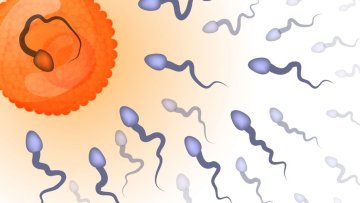Clustered spike patterns for biological reaction-diffusion systems
Abstract
Results on the existence and stability of clustered spike patterns for biological reaction‐diffusion systems with two small diffusivities will be presented. In particular we consider a consumer chain model and the Gierer‐Meinhardt activator-inhibitor system with a precursor gradient. A clustered spike pattern consists of multiple spikes which all approach the same limiting point as the diffusivities tend to zero. We will present results on the asymptotic behaviour of the spikes including their shapes, positions and amplitudes. We will also compute the asymptotic behaviour of the eigenvalues of the system linearised around a clustered spike pattern. These systems and their solutions play an important role in biological modelling to account for the bridging of lengthscales, e.g. between genetic, nuclear, intra‐cellular, cellular and tissue levels, or for the time-hierarchy of biological processes, e.g. a large‐scale structure, which appears first, induces patterns on smaller scales. This is joint work with Juncheng Wei.


